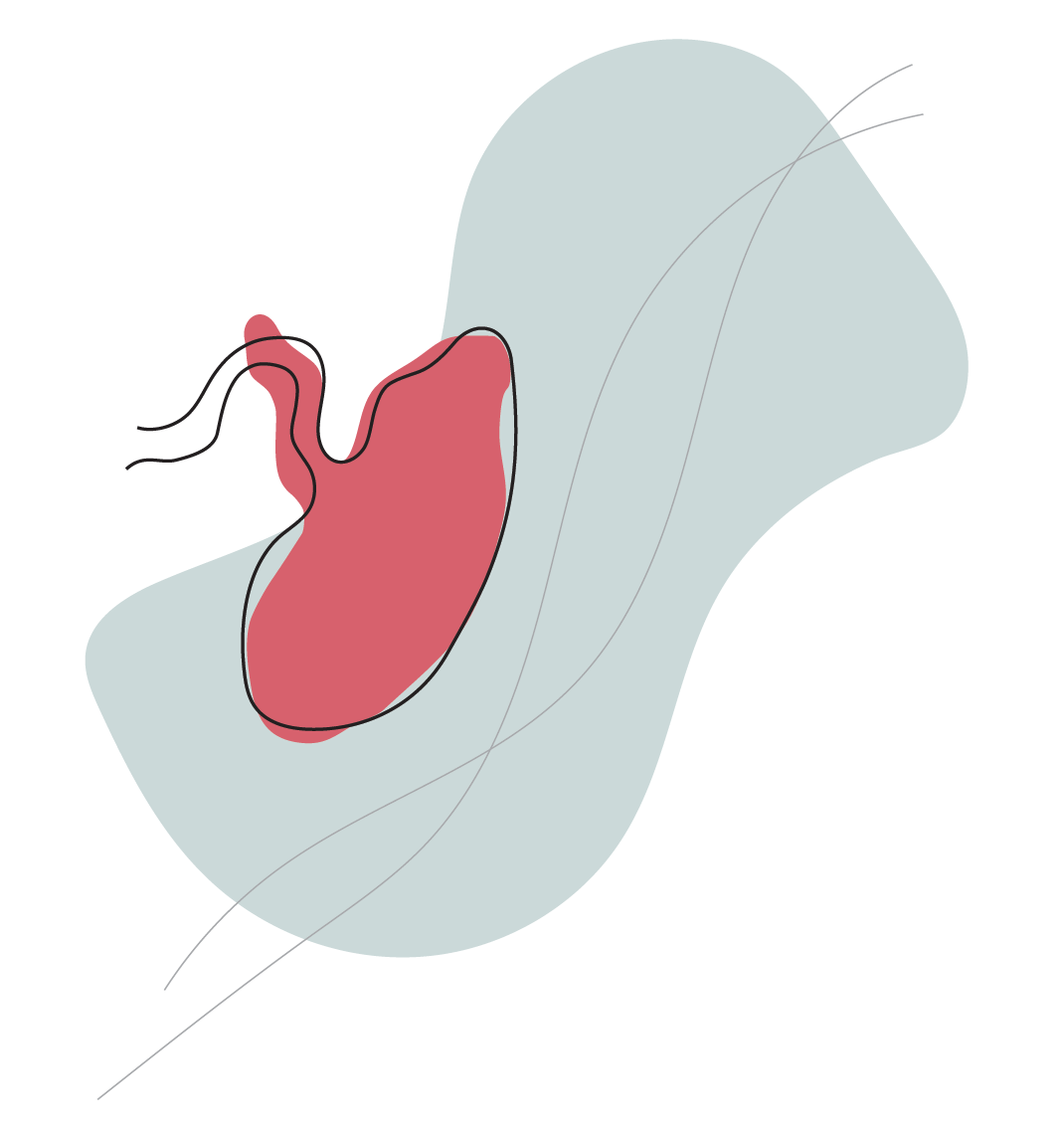
Looking closely at cancer of the placenta
Gestational trophoblastic diseases (GTD) are a unique set of rare diseases that begin in the placenta or afterbirth. They occur approximately one in every 1,000 pregnancies. The commonest form of GTD is the hydatidiform mole, which is benign. Malignant variants are called invasive moles and choriocarcinomas.
Hydatidiform Moles
About 80% of cases of GTD are hydatidiform moles. Molar pregnancies occur more frequently in women younger than 20 years and in those older than 40 years. A hydatidiform mole begins as an abnormal conception, which implants in a woman’s uterus and continues to grow. A complete hydatidiform mole is not associated with any baby. It is readily diagnosed by ultrasound but may present between 10 and 16 weeks gestation because of excessive vomiting (Hyperemesis gravidarum), abnormal vaginal bleeding or toxaemia of pregnancy (particularly high blood pressure).
Once diagnosed, the uterus should be evacuated by suction curettage. The trophoblastic cells produce the hormone hCG (human chorionic gonadotropin), and levels of hCG should be followed in the blood every week thereafter until they return to normal. If they plateau or rise, there is probably an invasive mole present.
Invasive Moles
These tumours grow into the muscle of the uterus and may spread, via the blood, to other organs. They are very sensitive to chemotherapy and are usually cured.
Choriocarcinomas
These are the most aggressively malignant form of GTN. Of these tumours:
- 50% follow hydatidiform moles, 1 out of 40 hydatidiform moles
- 22% follow full-term pregnancies, 1 out of 60,000 term pregnancies, sometimes years later
- 25% follow miscarriages or a therapeutic termination of pregnancy, a rare complication
- 3% follow ectopic pregnancies, 1 in 5,000 ectopic pregnancies
The incidence of choriocarcinoma increases with age and is at least 5 times higher in women who have reached 40 than in younger women. Cells from choriocarcinomas tend to get into the blood stream early in the development of the disease and these cells spread (metastasise) to the lungs, vagina, brain, liver, kidneys, or bowel, forming secondary tumours, i.e. metastatic disease.
Most choriocarcinomas are diagnosed after women develop symptoms of metastatic disease. Tumour deposits in lungs may cause coughing of blood or shortness of breath. Brain tumours may cause headaches, dizziness, or blackouts. Bowel tumours may cause rectal bleeding or dark stools. Abnormal vaginal bleeding is common if there is tumour in the uterus or vagina.
Diagnosis requires only an elevated blood hCG titre but is usually delayed when choriocarcinoma follows a normal pregnancy, miscarriage or ectopic pregnancy. Fortunately, these cancers are very sensitive to chemotherapy, and have a high cure rate if treated in specialised centres.

Who we are
We are the Australian Gynaecological Cancer Foundation. The only organisation that focuses on funding laboratory research into all eight gynae cancers.
Subscribe to our newsletter
Get in touch
Where to find us:
1/1 Jamison Street, Sydney NSW 2001
For general enquiries:
telephone: +61 2 8235 2606
email: info@agcf.org.au
Together, we’re giving women hope.
Donations of $2 or more are tax deductable in Australia.
ABN: 17 152 685 295

© Australian Gynaecological Cancer Foundation | Privacy Policy

